Join More Than 50,000+ Subscribers and get latest camera news and rumors
NEW CAMERA VIDEOS ON YOUTUBE
|
By admin, on January 19th, 2024
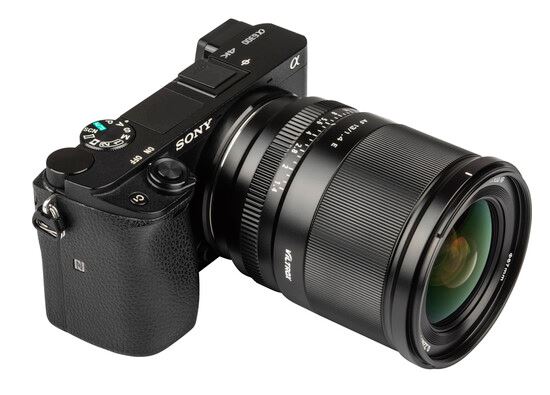
According to the latest rumors, we have the Sony ZV-E10 camera coming in the spring of 2024, a timeline between March and June. The camera is said to feature a higher resolution sensor of the Sony a6700 [26MP Exmor R APS-C BSI CMOS Sensor] camera and an improved touch display screen with an updated Sony menu system and a dedicated AI chip processor. The core specs shared by the rumor mill somehow look very similar to the specs that we have seen earlier, which is a perfect thing.
- 26MP Exmor R APS-C BSI CMOS Sensor
- BIONZ XR Image Processor
- UHD 4K 120p / FHD 240p / 10-Bit 4:2:2
- Up to 11-fps Shooting, ISO 100-32000
- Real-Time Tracking AF for Stills & Video
- 759-Point Phase Detection, 93% Coverage
- S-Log3, S-Gamut3, S-Cinetone, User LUTs
- Internal Mic + Inputs, USB Streaming
- 3″ 1.03m-Dot Vari-Angle LCD Touchscreen
- Price $798 [Bodly Only] | $899 With 16-50mm Lens | $1199 Creator Kit (Wireless grip + Shotgun Mic) | $1399 with 10-20mm Lens
Since the camera comes with a higher resolution sensor, we do expect the introduction of an advanced BIONZ XR image processor inside the camera to upscale the readout speed of the sensor like we have in the Sony a6700 camera. Otherwise, recording 4K videos on the go will be a big challenge for the camera.
In any of those situations, if Sony updates the sensor as well as the processor of the camera and if you believe the rumor mills, they are also planning to introduce a dedicated AI chip. The Price of the upcoming camera will be higher than the existing Sony ZV-E10. So it looks like Sony’s previous update policy where the price of the predecessor and its position remains the same even after the announcement of its successor since it generally arrives with a higher price tag. So there is a high probability that the ZV-E10 camera may remain in its place and the Sony ZV-E10 Mark II may arrive with a higher price tag and sit in between the pricing of the Sony a6700 camera and the existing Sony ZV-E10.
Follow us on our social pages FACEBOOK | TWITTER | INSTAGRAM, If you have time –>see more Sony Alpha Rumor
ALso see –
Sony ZV-E10 Mark II Coming Before August 2024
Sony ZV-E10 II in Announcement Pipeline
source SAR YT
By admin, on January 7th, 2024
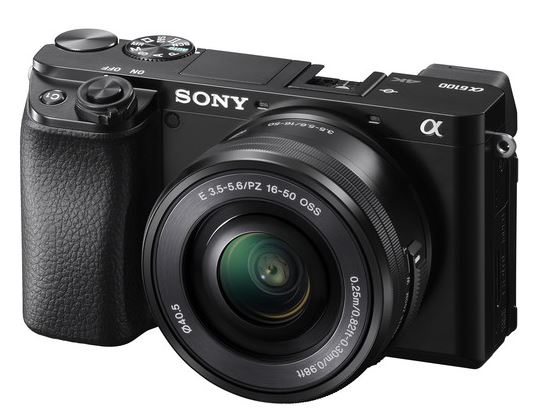
According to the latest set of rumors, the Sony A6200 camera will arrive with the same 26MP sensor, and at the same time the Sony A7 V camera is expected to arrive with 49 MP sensor take a look
Sony ZV-E10 II 26M (no mechanical shutter), A7M5 49M, A6200 26M, A7S4 40M (new processor features), FX3 II 12M (electronic ND + IBIS).
The above upcoming details are expectations from a Chinese source, Although it looks quite logical to me, at the same time if Sony continues to raise the resolution bar of the A7 Series camera [Sony A7 V ] then what will happen to the Sony A7R series? will they shift the A7R camera series resolution to 100MP in upcoming cameras of the future? who knows, maybe the Sony A7R VI may have it.
Sony A7S IV is said to feature a 40MP sensor, if that happens for sure we will witness the introduction of 8k recording capability in the Sony A7S series camera, and FX3 II will have a 12MP (electronic ND + IBIS), well why one will buy FX3 II limited to 4K when one has an option of Sony A7S IV with 8K capability, a bit contradicting specification here but let’s see what happens next
A look back at some previous rumors –
A few days ago we received rumors, that the Sony ZV-E10 mark II will have the same 26 MP sensor as the Sony A6700 camera. and the camera is expected to arrive before August 2024.
We have published Rumors related to the upcoming Sony A7 V, we are expecting the Sony A7 IV camera to arrive with a Sony 44 MP sensor.
We will post more updates as soon as we get any.
Follow us on our social pages FACEBOOK | TWITTER | INSTAGRAM, If you have time –>see more Sony Alpha Rumor
source webio
By admin, on December 30th, 2023
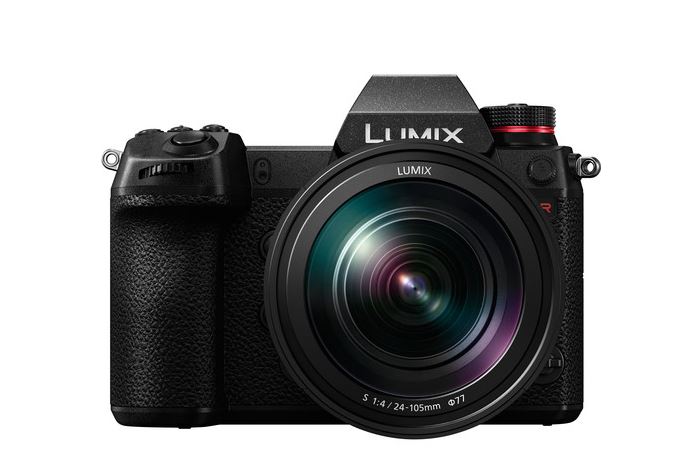
According to the latest rumors the Panasonic Lumix S1R Mark II will arrive soon, take a look at the set of information coming straight out from rumor mills
Pansonic S1 Mark II Rumors summary
- Japanese e-commerce companies have de-listed the Lumix S1R, Panasonic’s high-pixel model, now on the discontinued list.
- retail outlets have officially removed the Lumix S1R from their shelves.
- Interestingly, Panasonic has just registered a new high-end model in China.
- There are rumors that this new model, yes we are talking about the Panasonic S1R Mark II, may be released in the second half of next year.
Take a look at the set of Expected Core specs we are expecting from the upcoming camera, the Lumix S1R Mark II
Panasonic S1 Mark II Expected Core Specification
- 44.3MP BSI CMOS sensor
- L2 processing engine
- 8K video recording with 14-stop dynamic range
- Improved Open Gate: up to 8.1K/7.2K (firmware update)
- Internal 5.8K recording in Apple ProRes RAW via CFexpress Type B
- Real-time Phase Hybrid AF with AI tracking (faces/eyes)
- Approx. 40 fps continuous shooting with SH pre-burst mode
- 8.0 stops IBIS; 7.0 stops in telephoto (Dual IS 2)
- Advanced EIS for distortion correction without cropping
- Tiltable and swivel screen
- Direct LUT installation via LUMIX Lab mobile app
- New LUMIX Flow app for streamlined workflow
- Integration with Frame.io and Capture One tethering support
Follow us on our social pages FACEBOOK | TWITTER | INSTAGRAM, to get LIVE News and Panasonic Rumor
source webio
By admin, on December 29th, 2023
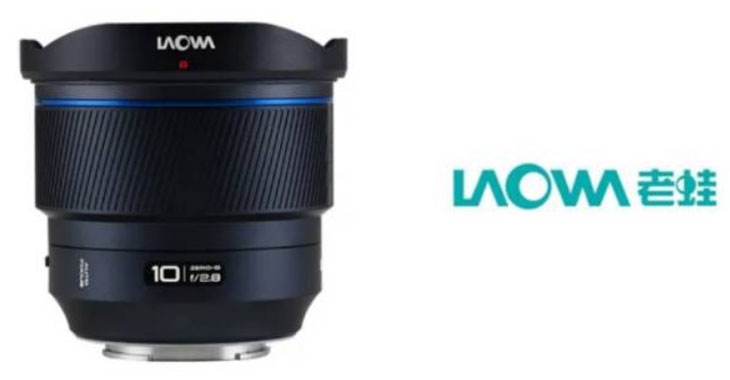
I am a big fan of Laowa lenses because of their Zero Distortion Technology. I feel the ZERO D technology is the reason behind the popularity of the Laowa brand, which offers an amazing range of perfect Zero-D lenses and Manual Focus Lenses for almost all mounts. It’s well-known that various Chinese Third Party Lens Makers brands collaborated a few months ago and agreed to share their technologies. Laowa acquired the autofocus technology from another Chinese third-party lens maker in this very collaboration. As a result, they have now introduced the first Zero-D 10mm full-frame lens for the Nikon Z-mount and Sony E-mount. The rest of their Zero-D series lenses will incorporate this autofocus technology very soon. This upcoming announcement is exciting news for those of us who appreciate third-party lens makers, specifically Laowa, for their Zero-D lenses with autofocus
So, let’s jump to the announcement zone, Marking a significant milestone in their lens-making journey, Laowa has officially unveiled their first-ever autofocus lens, the FF II 10mm F2.8 Fullframe Lens for Nikon Z and Sony E Mount. The Lens This ultra-wide prime arrives just in time for the holiday season, hitting store shelves on December 29, 2023, at an attractive price point of only 5498 yuan (approximately USD 780).
Features of LAOWA FF II 10mm F2.8 Fullframe Lens
-
Ultra-wide Perspective: Capture breathtaking landscapes, expansive interiors, and immersive astro shots with the 10mm focal length.
-
Fast Aperture: The F2.8 maximum aperture lets in ample light, enabling low-light shooting and beautiful bokeh effects.
-
Autofocus Convenience: Ditch the manual focus woes and enjoy the ease and speed of autofocus, a first for Laowa lenses.
-
Lightweight and Portable: Weighing in at just 420 grams, the FF II 10mm F2.8 C&D Dreamer is a travel-friendly companion for photographers on the go.
-
77mm Filter Compatibility: Utilize a wide range of filters for creative effects without needing adapter rings.
-
Close-up Prowess: Get stunning close-ups with a minimum focusing distance of 12cm.
-
Multiple Mount Options: Choose from E, Z, R, and L mounts to fit your preferred camera system.
-
Switch Between Autofocus and Manual Focus: Maintain creative control with the dedicated autofocus/manual focus switch.
-
Low Distortion Design: Achieve sharp, clean images with minimal distortion, thanks to Laowa’s advanced optical engineering.
-
Commemorative Design: The lens sports a special 10th anniversary logo, celebrating Laowa’s a decade of innovation in the lens-making world.
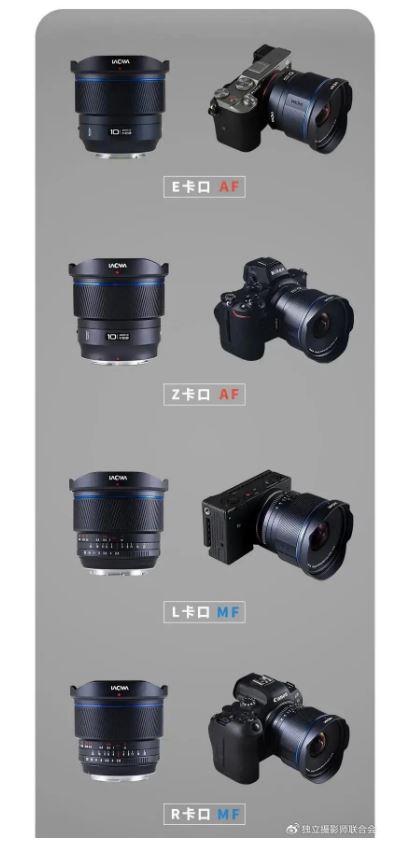
As you can see in the image above the AF version now available only for Nikon and Sony E Mount, We hope and expect Canon will also open their lens mount soon.
A Promising Debut:
The Laowa FF II 10mm F2.8 C&D Dreamer appears to be a compelling option for photographers seeking an ultra-wide lens with autofocus convenience. Its combination of fast aperture, compact size, and intriguing features make it a promising addition to Laowa’s already impressive lens lineup.
Follow us on our social pages FACEBOOK | TWITTER | INSTAGRAM, If you have time –>see more Sony Alpha Rumor
Check B&H for the LAOWA 100mm F2.8 AF Lens
By admin, on December 2nd, 2023
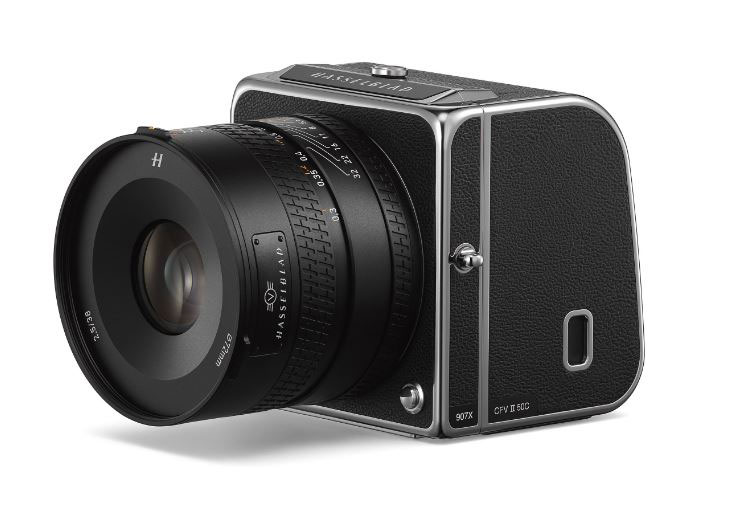
The CFV II 50C was a digital camera back made by Hasselblad for V system cameras, and it was compatible with most of the V system cameras made from 1957, in addition to technical cameras, blending the past and present.
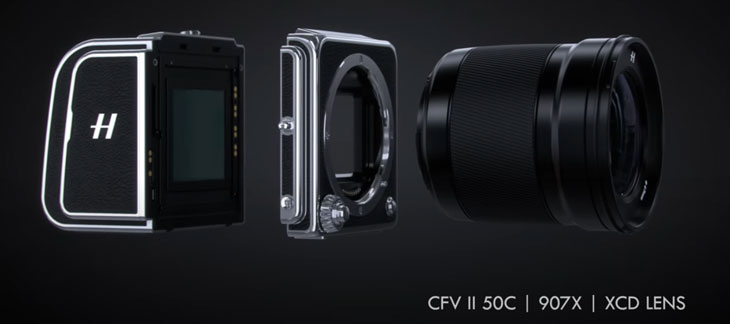
When combined with the 907X, the digital camera back becomes compatible with all the new XCD lenses from Hasselblad. The CFV II 50C digital camera back was announced after the Hasselblad X1D II 50C camera, and in February 2023, Hasselblad registered the CFV II 100C digital camera back. So, without a doubt, it will feature the 100-megapixel medium format sensor of the X1D II 100C camera. We are now expecting the arrival of the CFV II 100C in the year 2024.
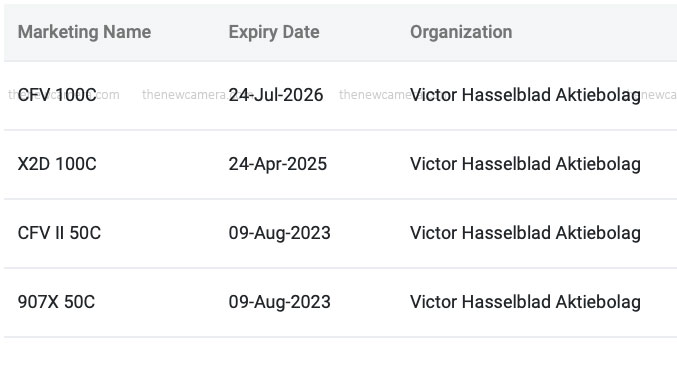
The expiration of the registered camera is set to July 24, 2026, so if Hasselblad wishes, they can delay the announcement.
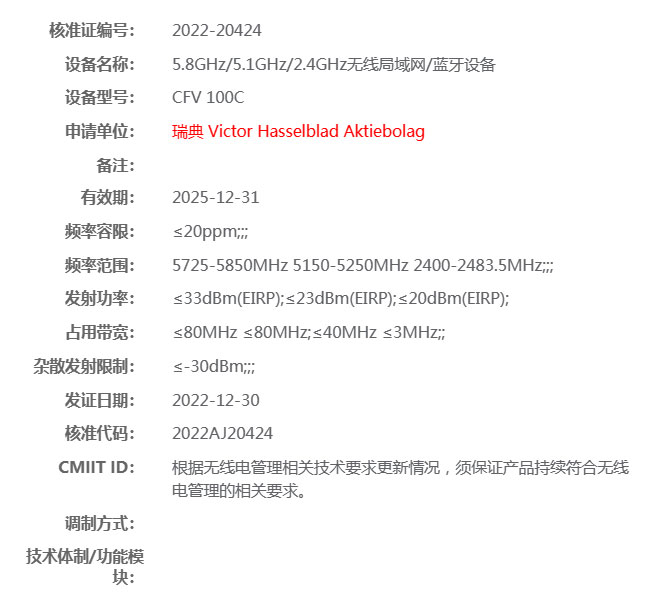
Get LIVE RUMORS –> FACEBOOK | TWITTER | INSTAGRAM to get live news + Hasselblad Rumors
By admin, on November 12th, 2023
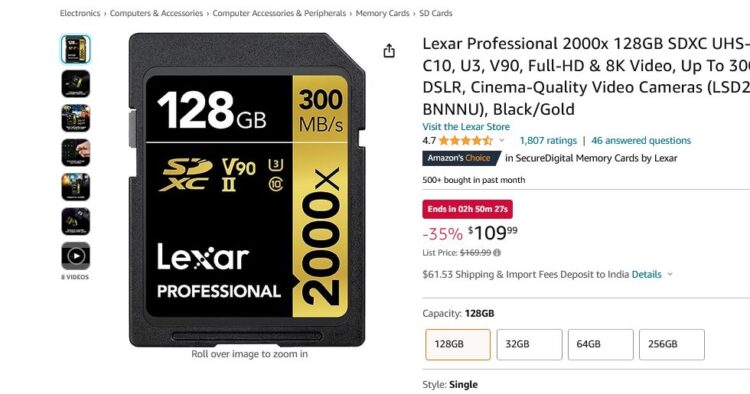
Grab the deal now
We have some early Black Friday deals going on professional-grade Memory Cards are approximately 35% off for a limited period, so you can grab a V90 card set at the cheapest price. The 128 GB card is available at $109, making it affordable right now if you want to have an extra memory card for your camera.
By admin, on October 28th, 2023
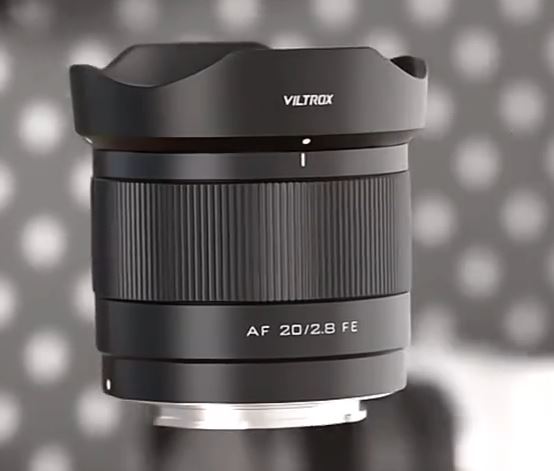
Viltrox announced today that the AF 20mm f/2.8 lens will be available for sale on October 30. Pre-orders are now open at the B&H store. The lens is composed of 10 elements in 8 groups and uses a 52mm filter thread. The minimum focusing distance of the lens is 0.19 meters, and it uses a stepping drive motor for focusing. The weight of the lens is only 157 grams.
Buy Viltrox 20mm F2.8 it from B&H Store
|
KEEP THIS BLOG ALIVE - Support New Camera Buy Canon Lenses, Buy Music CD or Digital Camera at amazon it helps this site, and you do not pay anything extra, it is just a way to help support this site.

|
















